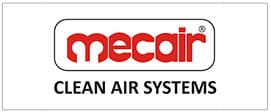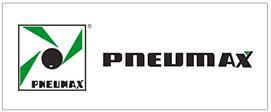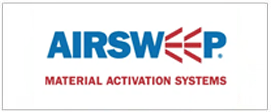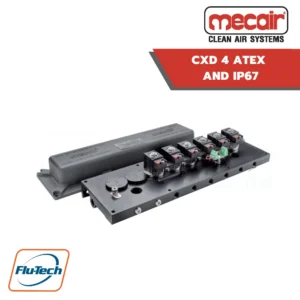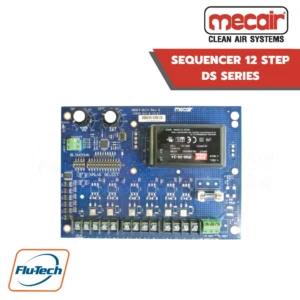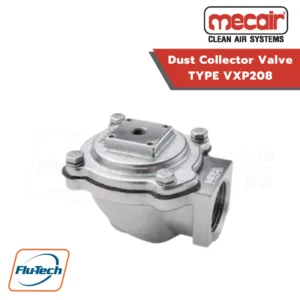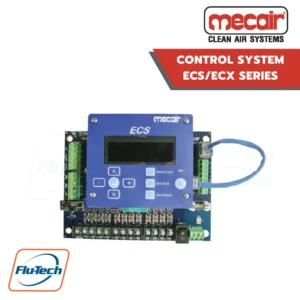จุดเด่นของ Mecair – CSN 8 Enclosures for Non-Hazardous Locations (up to 8 Valves)
- Weight: 5 kg
- NBR Gaskets
- 6 to 8 Solenoid Pilots
- Class H Coil Insulation
- Operating Temperature: −20°C/+60°C
- Stainless Steel Spring and Plunger; Diecast Aluminum Cover; Extruded Aluminum Base
จุดเด่นของ Mecair – CXD 4 ATEX and IP67 HAZARDOUS ENCLOSURES (up to 4 Valves)
- Weight: 5 kg
- 1 to 4 Solenoid Pilots
- Class H Coil Insulation
- Operating Temperature: −20°C/+60°C
- Top Cover: Diecast Aluminium; Base: Extruded Aluminum
จุดเด่นของ Mecair – CXD 8 ATEX and IP67 HAZARDOUS ENCLOSURES (up to 8 Valves)
- Weight: 8.5 kg
- 5 to 4 8 Solenoid Pilots
- Class H Coil Insulation
- Operating Temperature: −20°C/+60°C
- Top Cover: Diecast Aluminium; Base: Extruded Aluminum
Mecair Product
จุดเด่นของ Mecair - DS Series 12 Outputs Sequencer
- Low cost with high performance and guaranteed reliability.
- Rotary Analogue Dials for quick and easy adjustment of pulse On time and Off time.
- Short circuit protection on each output.
- Simple to install and operate.
- Remote stop functionality and post-cleaning blow-down cycles.
- Conforms to the requirements of CE, FCC, RCM, UL and ATEX
Mecair Product
จุดเด่นของ Mecair – VXP-208 AISI Threaded Valve Size 1”
- Class H Coil Insulation
- Pressure Range: 0.5 to 7.5 Bar
- Media Fluids: Filtered Air and Oil-Free
- Ø A : 1” WEIGHT IN 1.13 kg
Mecair Product
จุดเด่นของ Mecair - DS Series 12 Outputs Sequencer
- High-performance, cost-minimising controller.
- Expansion cards extend the control up to 360 solenoid outputs.
- Quick Pulse Technology.
- ECS supports parallel pilot valve connection.
- Low temperature operation −40°C (−40°F).
- Automatic pilot valve detection.
- Voltage-free coil error output and a visual indication on the display showing which pilot valve output has an error, enabling quick fault finding and debugging.
- Conforms to the requirements of CE, FCC, RCM & ATEX (not applicable to ECS/ECX combination products).
NEW
Mecair Product
Filter Failure Alarm PROCESS AND APPLICATION CONDITIONS





